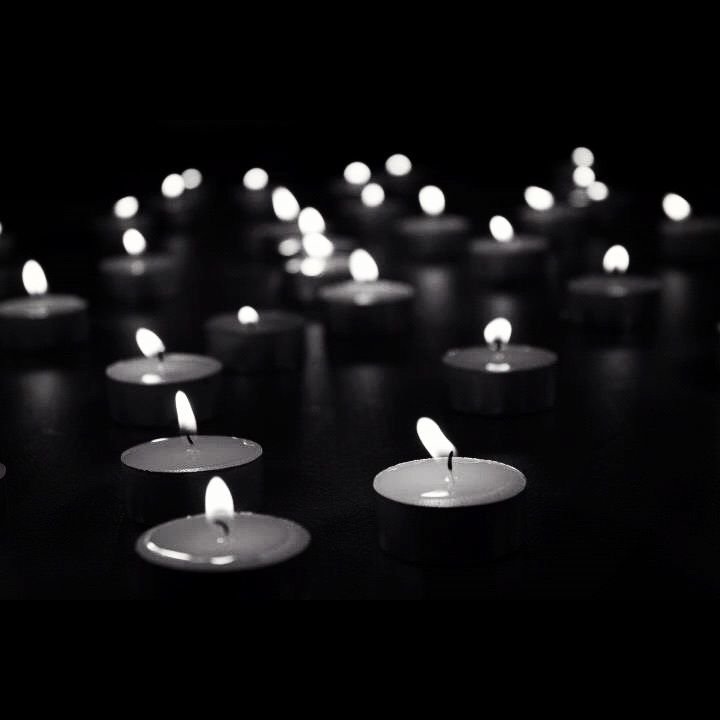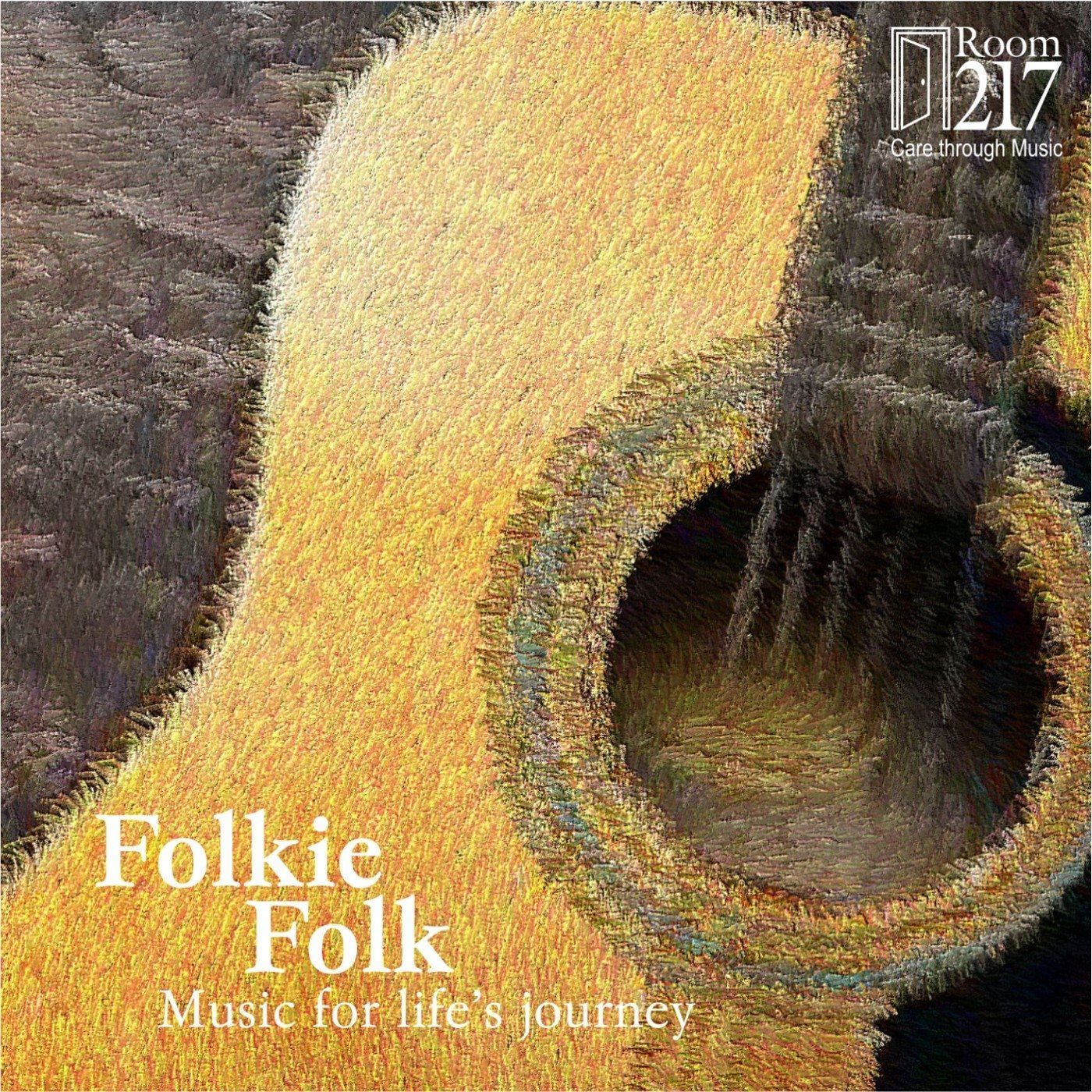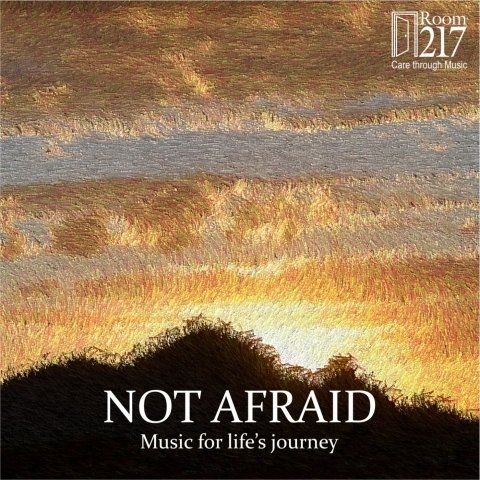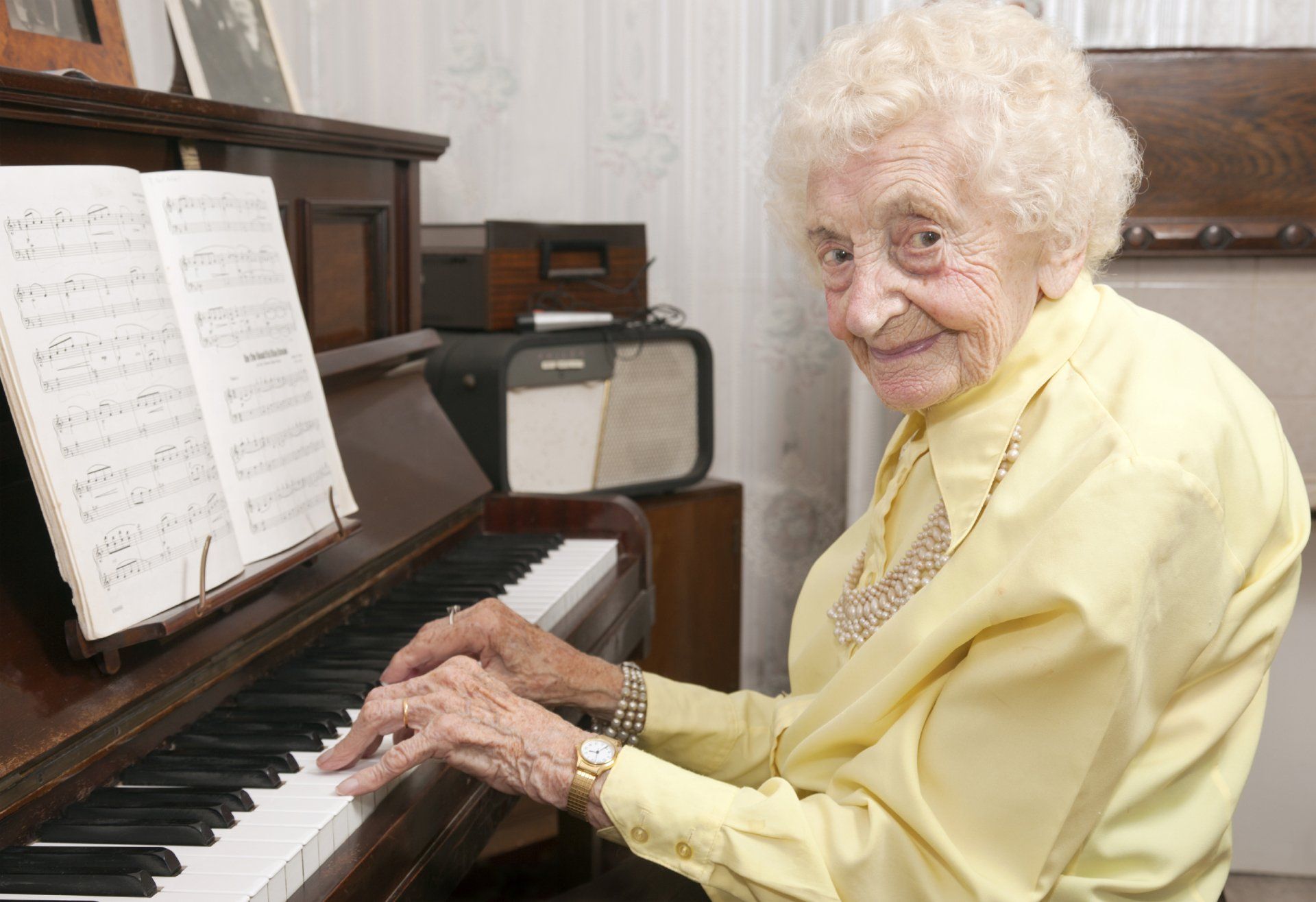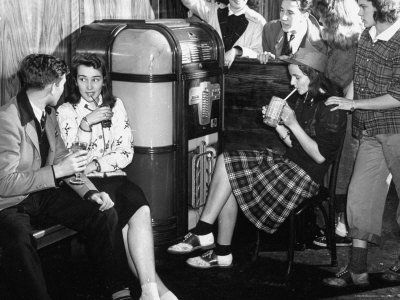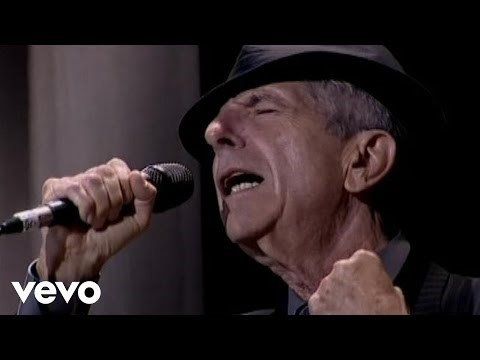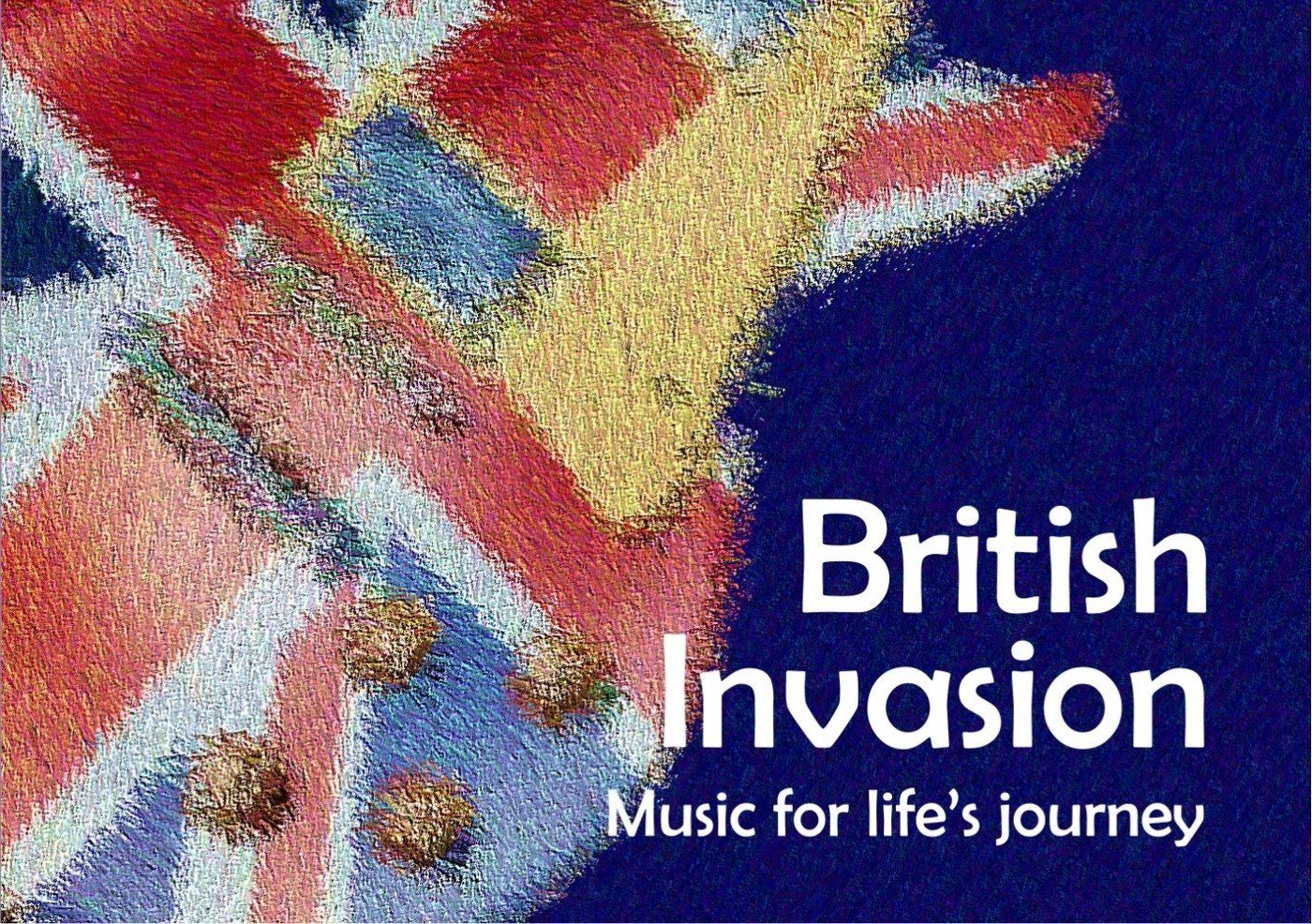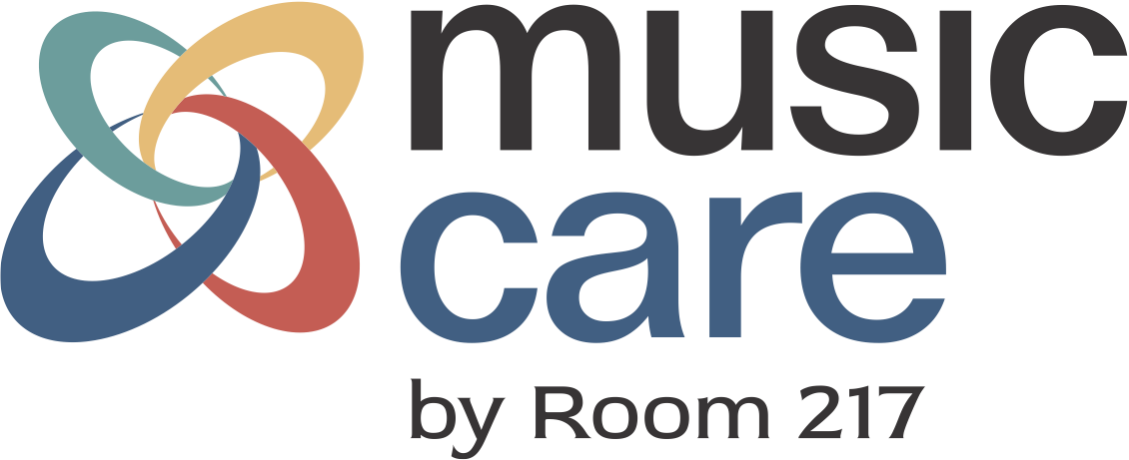Foundation’s incoming chair hopes to enhance board’s expertise
Room 217 Foundation’s incoming board chair, Sonia Brown , is hoping that her background in human resources will help the foundation’s plan to “scale and shape itself for the future”. She also wants to ensure that “our Board fully leverages the rich knowledge of all our Directors”, while helping to attract new directors who will bring diverse skills and backgrounds, “to enhance our breadth of knowledge and expertise.”
Sonia has held progressive leadership positions in several industries, most recently in healthcare. “I most enjoy developing teams and leaders through effective coaching and facilitation, and building high performance, engaging cultures,” she says. Sonia believes this type of experience and background is beneficial to Boards and organizations, especially those that are growing and looking to evolve.
Sonia joined the board two years ago, although she was no stranger to Room 217. She learned about the organization in its early days, via family connections. She attended an event and learned “of the terrific work that was happening at Room 217.”
She was amazed by the fact that Room 217’s resources were research -informed, that the CDs were designed for palliative care , and were paced to be synchronized with a resting heart. She bought them as gifts, and when the CDs proved to benefit the people she gave them to, her interest in Room 217 was sparked.
As she learned more about the Foundation, her interest grew. She was moved to join the board two years ago, after being made aware of the expanding work of Room 217, and the impact it was having.
Sonia’s childhood was full of music; it was an important part of the school, church and camp she attended, but through adulthood she was less involved. “In the last few years, I started to feel drawn back to music and joined a choir and started to sing at several events. Now, I realize that I was really missing something in my life and I am often surprised at the level of joy and meaning that music and singing has brought into my life; music really is a powerful and wonderful force,” she says.
Sonia believes it’s important to find ways to share your gifts and give back to others in our communities and in the world. She is president of the George Lunan Foundation and is executive sponsor for Operation Smile for her company’s annual campaign. She has also been on numerous medical and dental missions in Central America and Haiti with a Canadian-based relief organization.

